Businesses expanding into new markets may find that terrorist-influenced criminality has moved in just ahead of them. In major Western cities, meanwhile, the threat of a lone-wolf attack is very real

A shooting at the offices of a French satirical magazine kills a dozen employees and spills on to busy city streets. Three gunmen attack tourists at a museum in Tunisia. Armed militants storm a university in Kenya, targeting students. Targeted terrorist attacks in Paris kill 130 people, and then another 30 in the latest attack in Brussels last month. These incidents are but a sample of recent acts of terrorism and terrorism-related violence, which continues to increase worldwide.
“Over the last 12 months, we have increased the terrorism risk rating in a number of jurisdictions globally,” says Jonathan Wood, global issues analyst at Control Risks. “That includes at the national level and also down to the city level: key capital cities, for example.”
Much of terrorism’s evolution is linked to the emergence of Islamic State, initially as a rival to Al Qaeda, but increasingly as the pre-eminent transnational terror network. Competition has spurred more aggressive approaches to fundraising and recruitment, attracting fighters from around the world to the conflict in Iraq and Syria and using them to evangelise and train others back home.
“What Islamic State is doing via social media is unprecedented,” Wood says, pointing to its effectiveness in inspiring homegrown threats around the world. “The level of propaganda and incitement to carry out these types of attacks has increased dramatically.”
Industries used to difficult environments – oil and gas, for example – have well-developed security practices. But firms expanding into new markets – like South East Asia, where threat levels in Malaysia and the Philippines are rising to match Indonesia’s – may find terrorist-influenced criminality has moved in just ahead of them.
Peter Jackson, chief executive officer of Lockton Companies in Singapore, says: “If you’re starting to work in locations which are more remote or further afield, going to advisers who can help explain the political and security situation is important.”
Jackson cites a food retailer that closed down operations in southern Thailand when it found “terrorists were attacking their outlets because they saw them as a representation of the US. For them, terrorism was a new experience.”
In Western nations, security forces act as a brake on large-scale threats. This has led Aon and Control Risks to rate the terror threat to businesses in Australia, for example, as “low”.
But the Australian government says an incident is “probable”, citing the likelihood of an attack by an individual or a small group inspired by – but not necessarily connected with – terrorists overseas. The emergence of these ‘lone wolf’ attacks is connected with the increased number of shootings in busy public spaces globally.
“If you are in a high-profile location, be that a CBD, a city centre, a major airport as examples, then you’ve got a particular risk,” Jackson says.
Businesses are realising that attacks in traditionally low-threat jurisdictions pose a genuine threat to staff – whether they are mobile workers or leisure travellers – and to business continuity. Companies are increasingly looking to introduce ‘active shooter’ scenarios into risk planning and staff training programmes.
“The attacks in Paris have been a very significant factor in shaping how companies think about this type of risk,” Wood says. “The type of thing that you might have done in the past only for a higher-threat jurisdiction, we’re now seeing move into some other types of jurisdiction.”
Hostile environment training isn’t necessarily the best way to prepare employees for a terrorist attack in a major city – nor would it be cost-effective organisation-wide. Most critical is the ability to ascertain staff whereabouts and establish effective communications, both with employees and with the authorities.
“When we had 7/7 happen to us in London, I had staff all over the place,” says Jackson, referring to the bombings on public transport in 2005. “We benefited from two things. One was we had everyone’s mobile phones. The other was full access to people’s diaries.”
He points out that neither of these measures is infallible. With mobile networks tending to overload during an incident, communications may be better co-ordinated from outside the city, while discipline is needed to ensure diaries are kept up to date.
Along with internal processes establishing communication channels within the company and designating responsibility for co-ordinating incident response, digital tools are available for tracking travelling employees and managing crises across jurisdictions. The best response plans will include ample redundancy, creating layers of protection for both staff and business continuity.
“Terrorism is a moving feast,” Jackson says. “Fortunately, it doesn’t happen every day. But underlying concern over the issue is growing.”





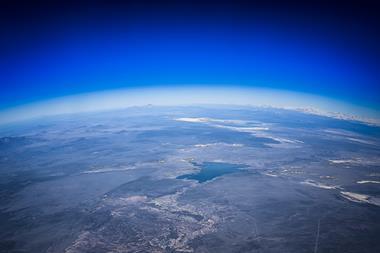
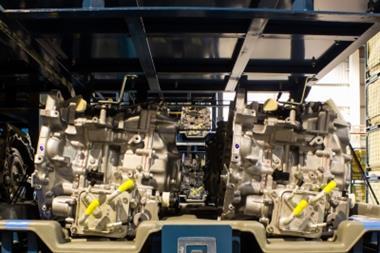

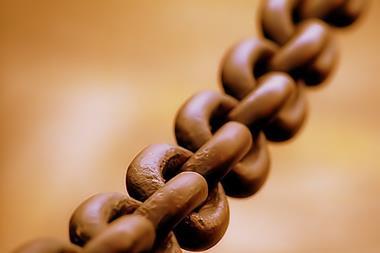
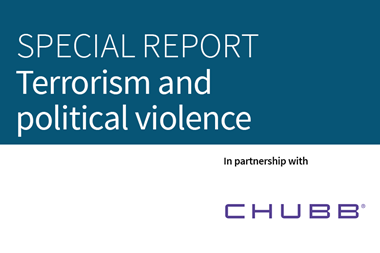



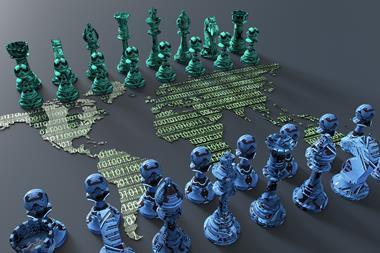


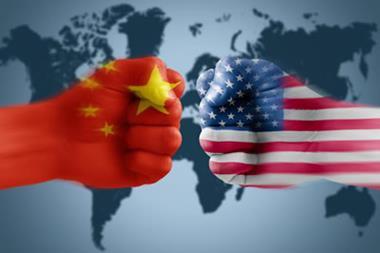



No comments yet